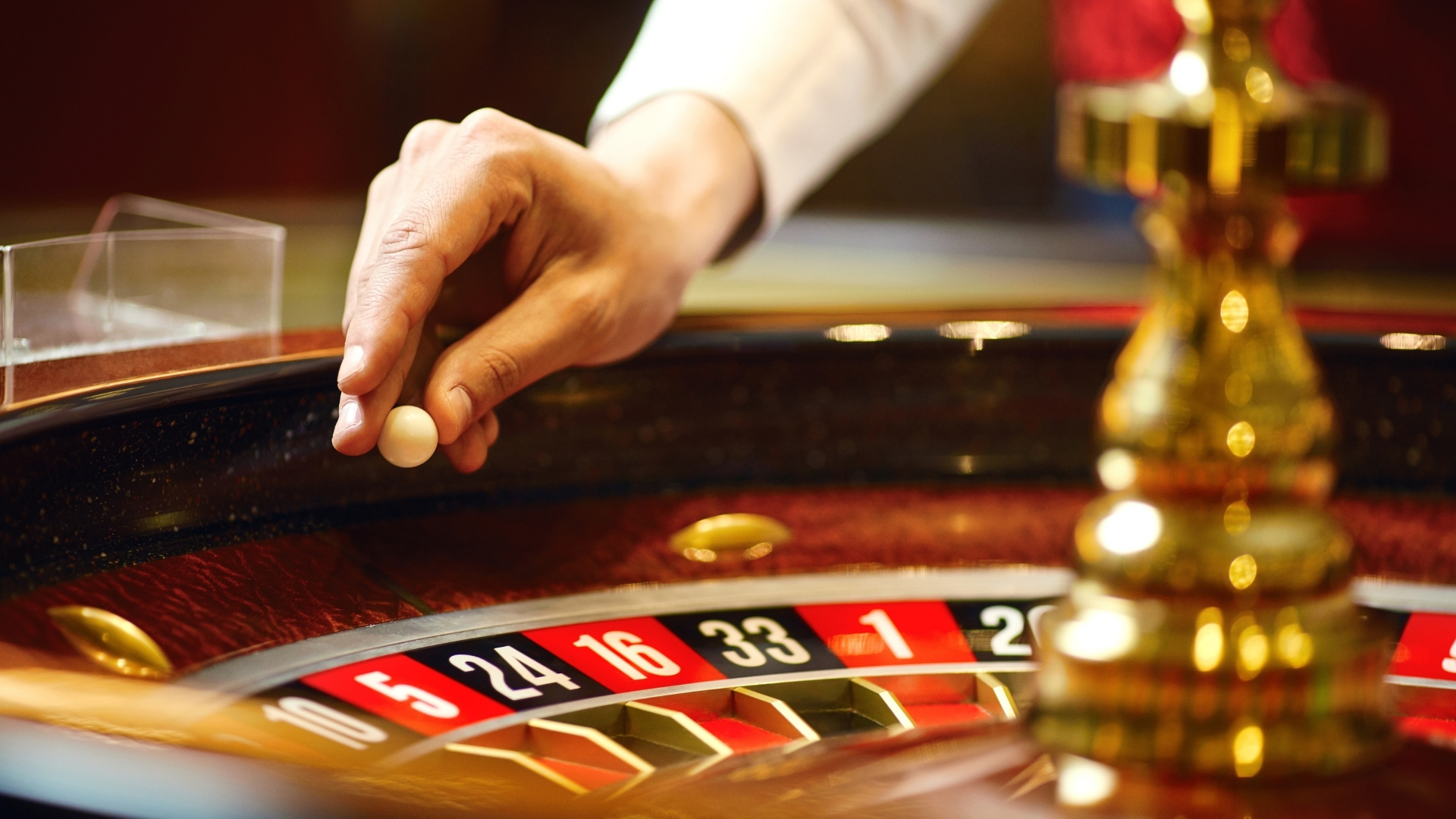
Casino experiences have long captivated the human imagination, drawing gamblers into a universe filled with luck, tactics, and the allure of excitement. Each experience is meticulously crafted not just for fun, but also to elicit particular emotional responses that keep gamblers involved and committed. Understanding the drives behind these designs reveals much about how human psychology plays a crucial role in the gaming experience.
From the dazzling lights and vibrant sounds to the complex layering of rules and rewards, casino games are designed to create an atmosphere of thrill and anticipation. Game designers leverage psychological principles to influence player behavior, whether through the use of jackpots, almost wins, or social interactivity. By examining these aspects, we can better appreciate how casino games fulfill not just a need for entertainment, but more profound psychological needs for adventure and uncertainty.
Grasping Player Actions
Casino games are engineered with a profound grasp of gamer psychology, which is crucial for drawing in and keeping players. The rush of the game, coupled with the hope of winning, creates a formidable allure. Game designers employ elements like sound effects, dynamic graphics, and engaging gameplay to engage attention and elicit emotional responses. These sensory experiences enhance the immersive experience, making players feel more involved in the game.
Another significant aspect of player behavior is the concept of risk versus reward. Casino games often weigh high-stakes situations with the potential for considerable rewards, which can lead to the phenomenon known as near-miss effect. When players come within reach to winning, the brain produces dopamine, bolstering their behavior and prompting them to persist playing in search of that elusive win. This cycle of wish and letdown plays a critical role in how games are designed and promoted.
Lastly, social factors also play a central role in player behavior at casinos. Many games are designed to be played in teams or in company with other players, fostering a sense of community and collective experience. The social interaction inherent in games like blackjack enhances enjoyment and can result in longer play sessions. Designers leverage on this by creating environments that encourage players to remain, socialize, and revisit, making the overall casino experience more attractive.
The Role of Imagery and Audio
Visuals and sound play a significant role in enhancing the gambler’s experience within gambling games. Designers utilize bright colors, eye-catching graphics, and engaging animations to attract players’ attention and maintain their focus. The use of motifs, such as adventure or luxury, helps create an immersive atmosphere that takes players into a different world. By connecting to the senses, these elements contribute to a heightened emotional response, prompting players to interact more deeply with the games.
Sound design is just as important in enhancing the overall experience of gambling games. The combination of background music, sound effects for winning combinations, and environmental noises creates an sound landscape that holds players enthralled. Audio cues associated with wins, such as ringing bells or festive music, evoke feelings of excitement and satisfaction, encouraging players to continue playing. These sound cues are carefully placed to enhance the thrill of the game and create a more engaging experience.
Moreover, the synchronization of imagery and audio is essential for reinforcing the game’s overall theme and mood. Each element should align harmoniously to create a unified experience that pulls players in. The effective use of this synergy not only improves user satisfaction but also increases the chances of return play, as players become more invested in the immersive world that the gambling games offer. This thoughtful integration of imagery and sound ultimately enhances player involvement and loyalty.
Reward Structures and Engagement
The design of gambling experiences significantly depends on reward systems to ensure participants involved and returning for more. These structures are rooted in behavioral principles that take advantage of human nature and desire. Participants are often motivated by the excitement of winning, which is supported by immediate responses through the game’s design. This instant gratification not just enhances the gaming experience but also cultivates a sense of achievement, prompting participants to continue participating in hopes of greater gains.
Casinos adopt various incentive systems, such as jackpots, extra rewards, and increased rewards, to captivate players. These elements create a layer of thrill that maintains interest. Additionally, the randomness of results plays a significant role in sustaining interest. https://tumbet708.com/ The intermittent reinforcement schedule, where wins are random but happen often enough, keeps participants on edge and motivated to continue participating. This loop of anticipation and expectation is essential to the success of gambling experiences.
In addition, community aspects, such as tournaments and multiplayer features, boost the engagement factor by tapping into the competitive nature of participants. The shared experience of playing with others can amplify the excitement of success and create a community atmosphere within the gaming space. By combining these social dynamics with efficient reward systems, casino games not only offer fun but also foster a deeper connection among players, reinforcing their loyalty to the gaming experience.
